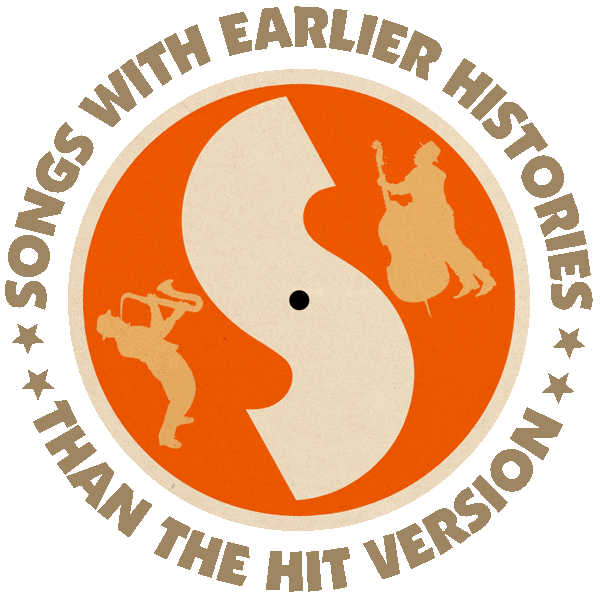Written and first recorded (as a demo) by Van McCoy (1965).
Hit versions by Barbara Lewis (US #11/R&B #5 1965), Peter & Gordon (UK #19 1965), Jody Miller (C&W #5 1971), Linda Lewis (UK #33 1976).
Also recorded by The Paramounts (1965, released 1998), Cher (1990).
From the wiki: “Barbara Lewis has stated that Van McCoy wrote ‘Baby I’m Yours’ specifically for her. But, that when she first heard the demo she disliked the song. (She has suggested that she was actually daunted by the high quality of the vocal, by McCoy himself, on the demo, and at the original session recalled ‘I didn’t really put 100% into my vocal performance’ hoping that Atlantic would shelve the track as sub-par.)
“‘[Producer] Ollie [McLaughlin] told me ‘Barbara, we’re gonna have to go back to Detroit and dub you in. We gotta do your vocals over. You’re just not giving like you should on the song.’ We did several takes [in Detroit] and he was wondering ‘How am I going to get this girl to give? She’s so hard-headed.’ He said ‘You know, Barbara, Karen can sing that song better than you.’ That was his little daughter. And it pissed me off. I did one more take, and that was the take that they selected.’

